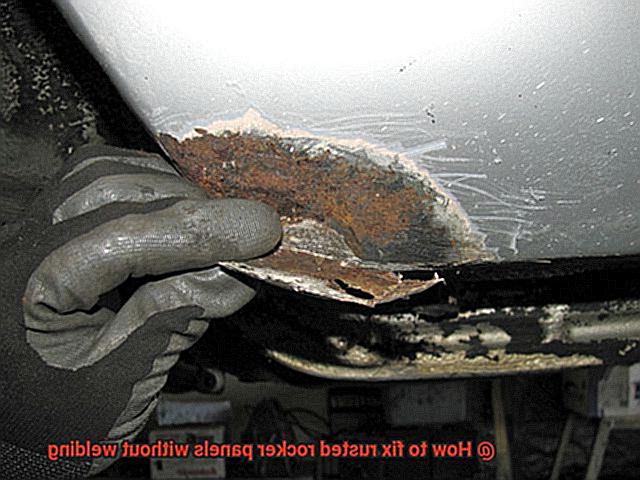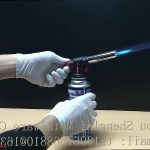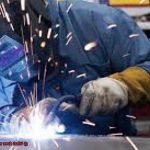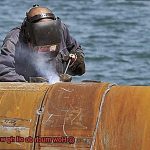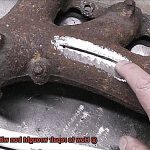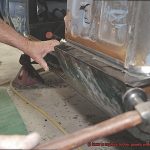Do you dread the thought of costly welding repairs for your car’s rusted rocker panels?
There are alternative solutions that do not require welding, and we’re here to tell you all about them. Rocker panels are essential components of a car’s body that protect it from scratches, debris, and rocks while in motion.
However, over time, rust can eat away at the metal on these narrow plates, leaving gaping holes and compromising the car’s structure. Welding repairs can be incredibly expensive and may require professional handling.
But did you know that there are cost-effective and practical ways to fix rusted rocker panels without welding? In this blog post, we’ll explore different methods of repairing your car’s rocker panels without breaking the bank.
From using fiberglass cloth to applying sealants, we’ve got you covered. We’ll also provide tips on how to prevent future rust damage so that your rocker panels stay in excellent condition for years to come.
We’ll show you how to fix those rusty areas like a pro.
Reasons for Rust Damage on Rocker Panels
Contents
First and foremost, moisture is the biggest culprit when it comes to rust damage. Rocker panels are located near the bottom of the car and are constantly exposed to water, snow, and ice splash.
This exposure to moisture can cause rust to develop on the rocker panels over time, leading to structural damage and making your car unsafe to drive. But wait, there’s more.
During winter months, road salt is used to melt snow and ice on the roads. While this is great for keeping our roads safe, it can also stick to the underside of your car and corrode the rocker panels over time.
So if you live in an area with heavy snowfall or frequent use of road salt, keep an eye out for rust damage on your rocker panels.
Moreover, dirt, mud, and debris can accumulate in the rocker panel area, trapping moisture and promoting rust formation.
This is especially true if you frequently drive off-road or in dusty environments. And if your vehicle’s paint is chipped or scratched, it exposes the metal underneath, making it even more prone to rust.
Lastly, poor drainage systems in some vehicles can trap water in certain areas, including the rocker panel area. Over time, this can cause significant rust damage that can spread quickly if left untreated.
The Benefits of Fixing Rusted Rocker Panels without Welding
Not only can it weaken the structural integrity of your car, but it can also make it look unattractive.
However, did you know that you don’t have to resort to welding to fix rusted rocker panels? Yes, that’s right.
There are several benefits to repairing rust without welding. One of the primary benefits of fixing rusted rocker panels without welding is cost-effectiveness.
Welding can be expensive since it requires specialized equipment and expertise. In contrast, repairing rust without welding can be done using simple tools and materials that are readily available in hardware stores.
You won’t have to break the bank to get your car looking as good as new. Another benefit is that repairing rusted rocker panels without welding is less time-consuming than welding.
Welding requires a lot of preparation work, such as sanding and cleaning the area before welding. But repairing rust without welding can be done quickly, especially if the rust damage isn’t extensive.
Additionally, fixing rusted rocker panels without welding is less invasive compared to welding.
Welding involves cutting out the rusted area and replacing it with a new metal panel. This process can weaken the structural integrity of the car and may require additional work to reinforce the area.
On the other hand, repairing rust without welding involves treating the affected area with chemicals or using a patch kit to cover it up. This ensures that your car’s structural integrity remains intact.
Finally, repairing rusted rocker panels without welding can also enhance your vehicle’s appearance. Rust damage is unsightly and can make your vehicle look old and neglected.
But when you repair it, your car will look better, which can increase its resale value. In conclusion, fixing rusted rocker panels without welding has several benefits, including cost-effectiveness, time-saving, less invasiveness, and improved appearance.
However, it’s important to note that repairing rust without welding may not be suitable for severe rust damage or structural damage.
Preparing the Area for Repair
Fixing rusted rocker panels without welding is a smart, budget-friendly, and visually appealing solution that doesn’t require any special skills. However, before you dive into the repair process, it’s vital to prepare the area thoroughly to ensure a long-lasting fix.
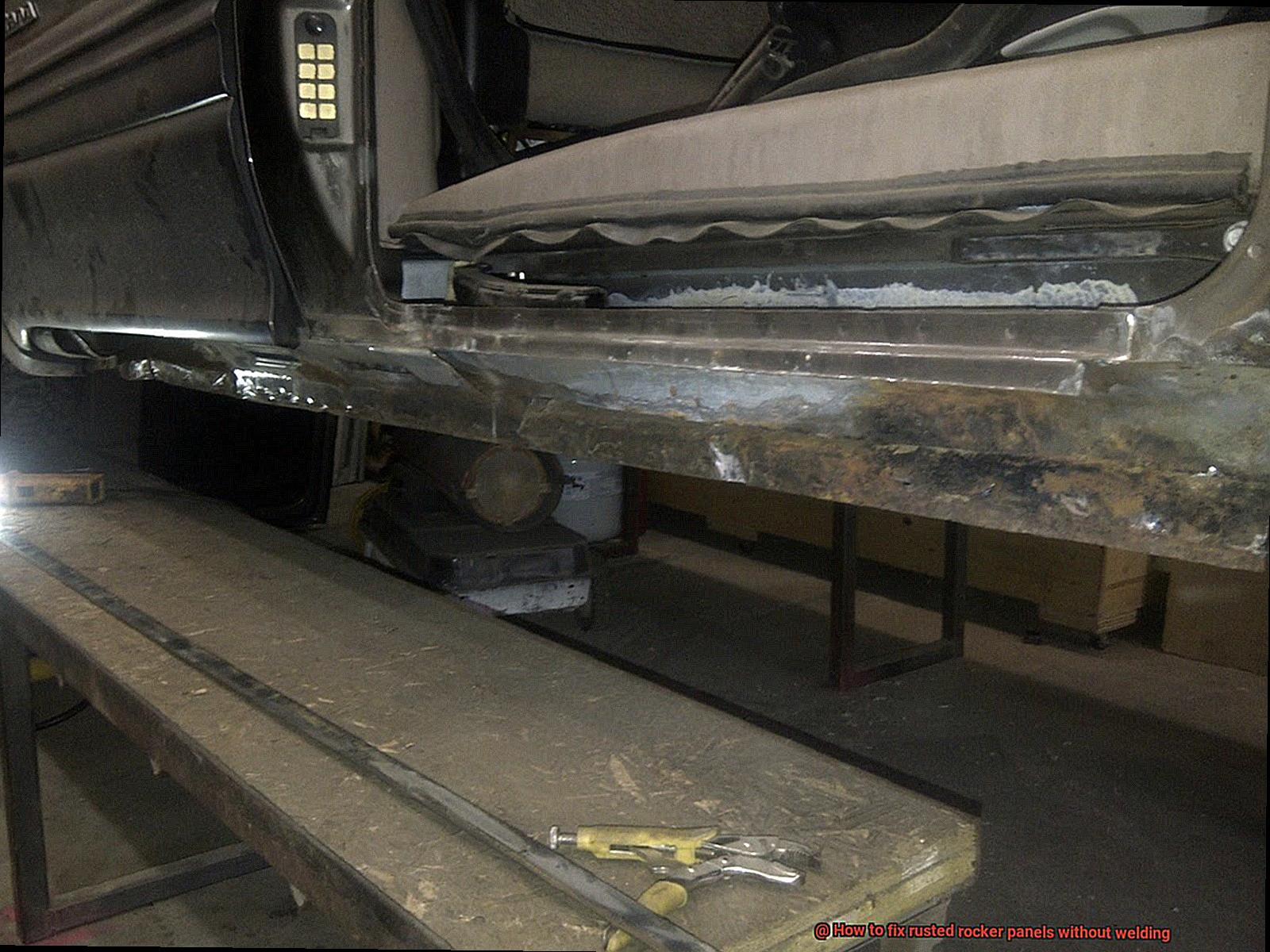
To start, you must clean the affected area meticulously using a wire brush or sandpaper to eliminate any loose rust or debris. This is a crucial step that will help ensure that the repair material bonds correctly to the metal surface.
Once the area is cleaned, assess the extent of the damage – if there are significant holes or deep corrosion, you may need to cut out the affected area and replace it with new sheet metal using specialized tools such as a jigsaw or angle grinder.
After removing the rusted metal, it’s essential to prepare the edges of the remaining metal for bonding.
You can use a grinding wheel or sandpaper to create a rough surface that will allow the repair material to adhere correctly. It’s essential to ensure there are no sharp edges or burrs that could interfere with the bonding process.
To prevent further corrosion from occurring, apply a rust inhibitor after preparing the area. This is a crucial step that will help protect your repair and ensure it lasts as long as possible.
Once the rust inhibitor has dried, you can begin applying your chosen repair material. In summary, preparing the area for repair is an essential step in fixing rusted rocker panels without welding.
It involves meticulous cleaning of the affected area, assessing the extent of damage, cutting out corroded metal, preparing edges for bonding, applying rust inhibitor, and finally applying your chosen repair material.
Removing Rust from the Rocker Panel
Rust on your car’s rocker panel is not only unsightly but can also compromise its structural integrity.
You can fix it without welding. Before you get started, the first step is to remove the rust.
There are various methods to do so, but sanding and grinding require patience and precision to avoid damaging the metal panel. If you prefer a less manual approach, chemical rust removers are available in spray or liquid form.
They dissolve the rust and are easy to use. However, ensure that you wear protective gear and follow the manufacturer’s instructions carefully.
After removing the rust, it’s time to assess the extent of the damage. If the damage is minor, you can proceed with repairing the rocker panel without welding.
But if it’s extensive, welding may be necessary for a sturdier fix. Removing rust from the rocker panel is not just about aesthetics; it’s essential for your car’s safety.
Rust weakens metal, and the more extensive the damage is, the greater risk there is of compromising your car’s structural integrity. In conclusion, removing rust from the rocker panel is a crucial step in fixing rusted rocker panels without welding.
Applying a Rust Inhibitor
It’s a beautiful day, and you’re cruising down the road in your beloved car, feeling the wind in your hair.
Suddenly, you notice the unsightly rusted rocker panels that have been bothering you for months. Not only are they an eyesore, but rust can also compromise your vehicle’s safety and structural integrity.
But don’t worry – applying a rust inhibitor is the solution to this common problem. A rust inhibitor is like a superhero for your car’s metal surfaces.
It’s a chemical solution that helps prevent or slow down the oxidation process of the metal. It creates a protective layer on the metal surface, shielding it from further damage caused by rust.
Before applying the rust inhibitor, make sure to thoroughly clean and remove all the rust and debris from the affected area. Use a wire brush, sandpaper or other abrasive material to remove all traces of rust.
After cleaning, give the area a good scrub with soap and water and let it dry completely. Now comes the fun part – applying the rust inhibitor.
You can use a paintbrush or spray can for this step. Ensure that you cover all affected areas and let the solution dry completely before touching or driving your car.
Depending on the product used, drying time may take several hours or even days. Following manufacturer instructions is crucial when using a rust inhibitor.
Some products may require multiple coats, while others may need specific temperatures or humidity levels. Applying a rust inhibitor is an effective way to stop the spread of rust and prolong your vehicle’s lifespan.
However, keep in mind that it’s not a permanent solution and won’t fix any structural damage caused by rust. In conclusion, don’t let rust ruin your driving experience.
If you encounter severe damage due to rusting, consider welding as a more permanent solution.
Filling in Holes and Gaps with Body Filler
Body filler, also known as Bondo, can be a game-changer.
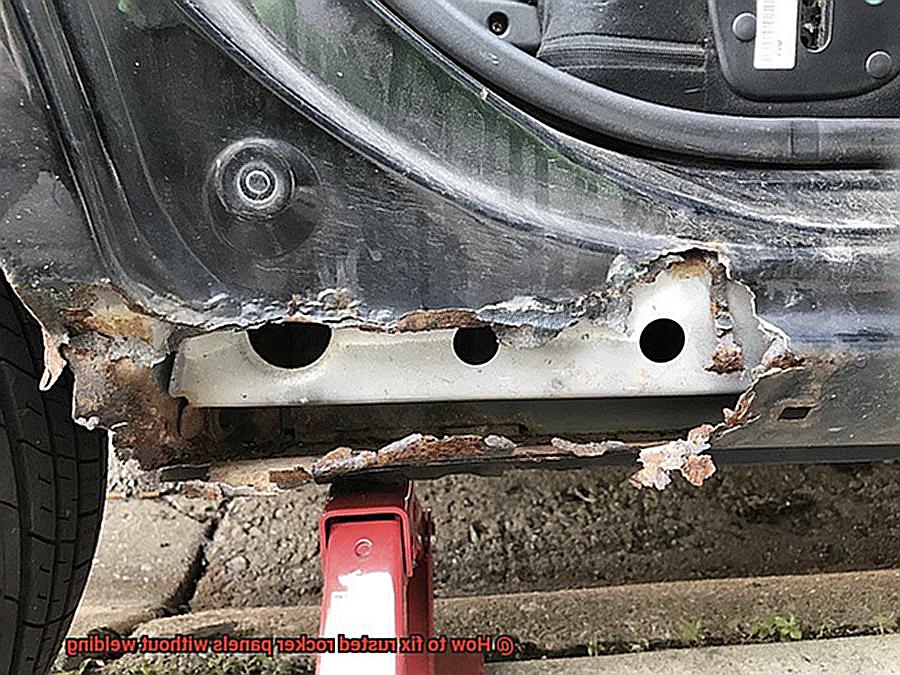
It can quickly fill in holes and gaps without welding. But before you start, let’s dive into the process and some important considerations.
To begin, clean the rusted area and sand it down to bare metal. Wipe any debris and grease away before applying the filler with a plastic spreader.
Remember to apply thin layers and let each layer dry completely before adding more. You may need to repeat this process several times until the hole or gap is filled completely.
Once it’s all dry, sand it down to create a smooth surface. Although body filler is an excellent way to repair rusted rocker panels without welding, it is not a permanent solution.
Over time, the filler may crack or shrink, causing the rust to reappear. Plus, it doesn’t provide the same level of structural support as welding, making it unsuitable for larger or more severe damage.
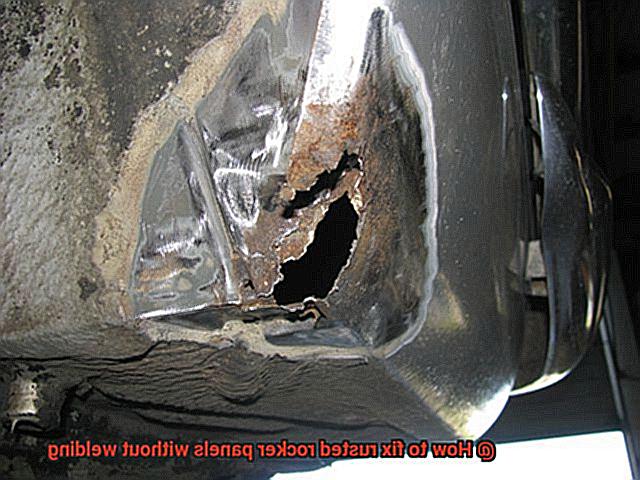
Think of body filler like a band-aid on a cut. It can cover up the damage and make it look better for a while.
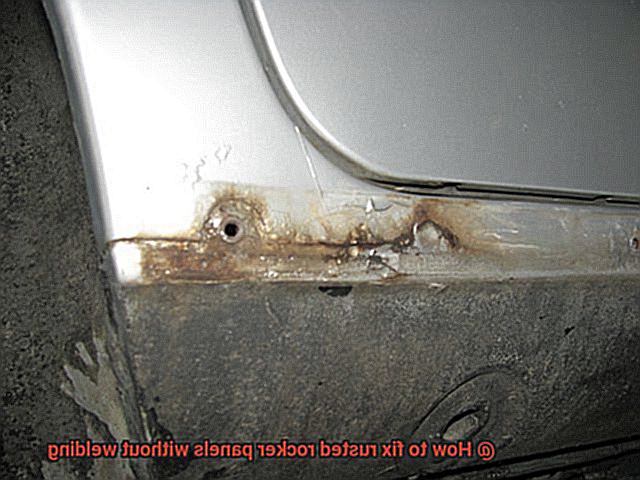
Still, it won’t fix the underlying problem in the long run. So be sure to weigh the pros and cons before deciding whether to use body filler.
So, using body filler can be an effective way to repair rusted rocker panels without welding, but it’s important to understand its limitations. Before making any decisions, consider the long-term maintenance required and weigh up your options.
n4vusY2-rkQ” >
Conclusion
Rust damage on rocker panels can be a real headache for car owners.
Not only does it affect the appearance of your vehicle, but it can also compromise its structural integrity. But don’t despair – you can fix rusted rocker panels without welding with some practical and cost-effective solutions.
There are several methods to repair rusted rocker panels, from using fiberglass cloth to applying sealants. However, before starting any repair work, make sure to prepare the area thoroughly for a long-lasting fix.
The benefits of fixing rusted rocker panels without welding are numerous: it’s cost-effective, time-saving, less invasive, and improves your car’s appearance. Plus, applying a rust inhibitor is an effective way to stop the spread of rust and prolong your vehicle’s lifespan.
Although body filler can help fill in holes and gaps caused by rust damage, it’s not a permanent solution. It won’t address underlying issues in the long run or provide the same level of structural support as welding.
In conclusion, addressing rust damage on rocker panels promptly is essential for maintaining your car’s safety and condition.
